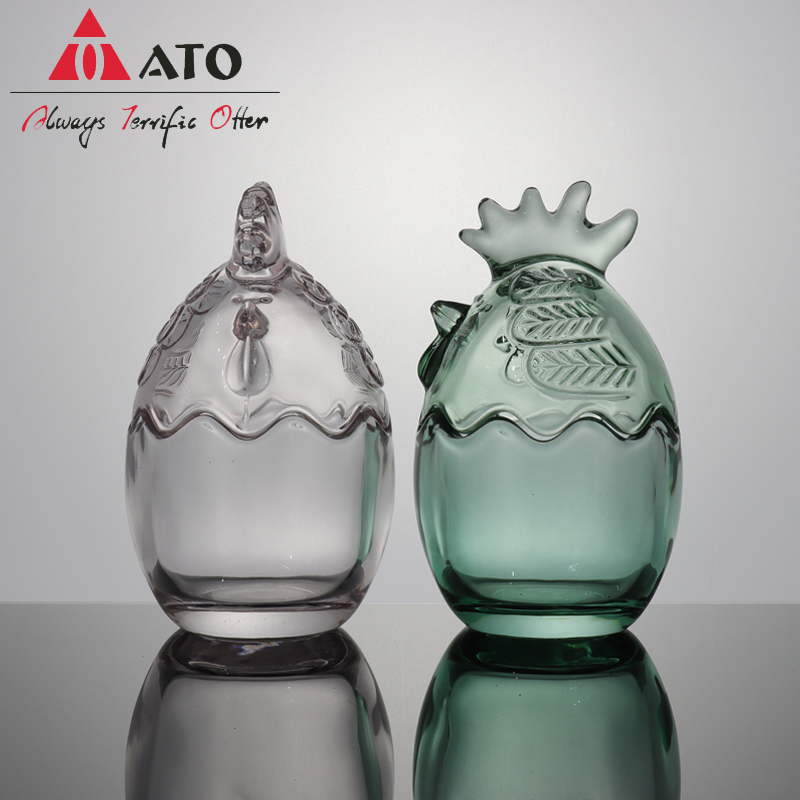Rohm and Haas's American technologists do not understand why water-based adhesives can be used in most foreign packaging structures, even in boiled aluminum foil structures, but in China they are narrowly applied – mainly for lighter applications. Dry food packaging?
Since the development of flexible packaging, the reduction and removal of organic solvents in composites has become a common direction for the entire industry. At present, composite methods that can completely eliminate solvents include aqueous compounding and solvent-free compounding. Solvent-free compounding is currently in its infancy due to factors such as cost and technology. The water-based adhesive can be used directly on existing dry laminating machines. Therefore, it is welcomed by domestic soft packaging manufacturers and has been achieved abroad. Great stride development. Water-based composites are classified into dry and wet composites, and wet composites
In the compounding of paper, paper and aluminum, white latex is very popular in this field. In plastic-plastic composites and plastic aluminum composites, mainly water-based polyurethanes and waterborne acrylic polymers are used.
Advantages: outstanding performance
Waterborne adhesives have the following advantages.
(1) Large composite strength. Water-based adhesives have a large molecular weight, which is several dozen times that of polyurethane adhesives. Its adhesive force is mainly based on van der Waals forces and belongs to physisorption. Therefore, a very small amount of glue can achieve a very high composite strength. For example, compared with two-component polyurethane adhesives, in the composite process of aluminized films, the amount of dry glue that can be coated with 1.8 g/m2 can reach a quantity of dry glue of 2.6 g/m2 of two-component polyurethane adhesive. The composite strength.
(2) It is soft and more suitable for the composite of aluminized films. One-component waterborne adhesives are softer than two-component polyurethane adhesives. When they are completely set, the polyurethane adhesives are very stiff, while the aqueous adhesives are very soft. Therefore, the softness and elasticity of the water-based adhesive are more suitable for the composite of the aluminized film, and it is not easy to cause the transfer of the aluminized film.
(3) It does not need to be cured, and it can be cut after it is unloaded. The single-component waterborne adhesive compound does not need to be matured, and subsequent processes such as slitting and bag-making can be performed after the machine is released. This is because the initial adhesive strength of the water-based adhesive, especially the performance of the shear strength adhesive, is increased. The more confident we are, the more experience we have accumulated. Our customers are actively trying to apply water-based adhesives to more packaging structures. Therefore, the development prospect of water-based adhesives is boundless and deserves our attention.
Cost: There is still room for decline
The environmental protection of water-based adhesives is no doubt that it can make the workshop environment more environmentally friendly and ensure the health of operators. However, due to the absolute influence of traditional two-component solvent-based polyurethane adhesives for more than 10 years, each company is accustomed to measure the quality of water-based adhesives based on its performance characteristics, so in the highly competitive flexible packaging market Although water-based adhesives are environmentally friendly, they have developed slowly due to high cost pressures. In fact, if we consider the advantages and properties of water-based adhesives, we can not only effectively control the cost of water-based adhesives, but also bring more additional benefits to the company.
(1) The composite film can be cut without being cured, which can greatly shorten the supply cycle of the flexible packaging manufacturer.
(2) Reduce the transfer of the aluminized film, and the initial viscosity is high, which can reduce the operation loss.
Many internationally renowned companies can adjust their market strategies in a timely manner, establish water-based adhesive production bases in the Asia Pacific region, reduce transportation and operating costs, thereby lowering market prices and bringing more economic benefits to packaging manufacturers. Last year, due to the impact of oil prices, the prices of various types of solvent-based adhesives rose sharply, which further highlighted the cost advantage of water-based adhesives.
Based on the above factors, compared with solvent-based adhesives, water-based adhesives can save 20% of the cost of use.
A candy jar glass is a type of container made of glass that is specifically designed for holding and displaying various types of candies. It typically has a wide opening at the top for easy access to the candies and a lid or cover to keep them fresh. Candy jar glasses come in various shapes, sizes, and designs, ranging from simple and plain to decorative and ornate. They are commonly used in homes, offices, and stores as a decorative and functional way to store and serve candies.

Candy Jar Glass,Glass Sweet Jars,Candy Jars With Lids,Decorative Candy Jars
Xi'an ATO International Co., Ltd , https://www.ato2008.com